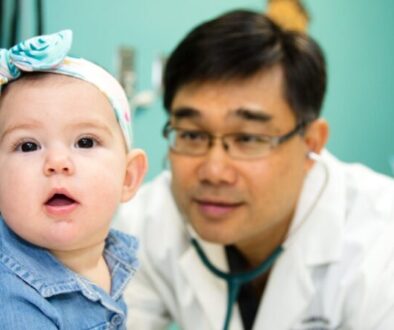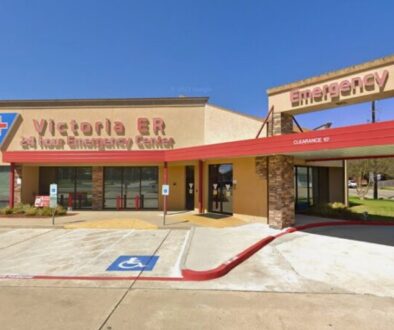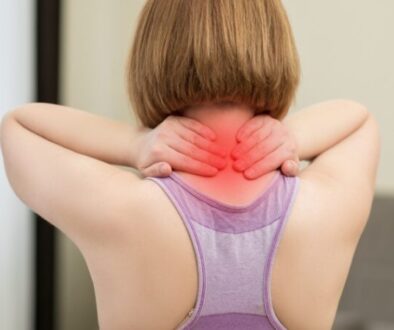Slips, Trips, and Falls—Common Causes and Risk Factors
Slips, trips, and falls are among the most common accidents leading to emergency room visits. Whether at home, work, or even out running errands, these incidents can occur unexpectedly and result in injuries ranging from minor bruises to severe fractures.
As such, understanding the common causes and risk factors can help you stay vigilant and reduce your chances of becoming a victim of these accidents.
Common Causes of Slips, Trips, and Falls
Wet or Slippery Surfaces
Wet floors, whether due to spills, rain, or cleaning, are a primary cause of slips. These accidents often occur in places like bathrooms, kitchens, grocery stores, or sidewalks after rain. Footwear with poor traction can exacerbate the likelihood of slipping, turning a minor hazard into a significant risk.
Uneven or Cluttered Surfaces
Trips are often caused by uneven flooring, loose carpeting, or objects left in walkways. An unexpected change in elevation, such as an unnoticed step or a crack in the pavement, can easily catch you off guard. Similarly, cluttered walkways in homes or workplaces can lead to tripping over objects that shouldn’t be there.
Poor Lighting
Inadequate lighting is a significant risk factor for slips, trips, and falls. Dimly lit areas can make it difficult to see hazards such as steps, uneven surfaces, or objects in your path. Proper illumination in both indoor and outdoor spaces is essential to prevent these types of accidents.
Weather Conditions
Rain, ice, and snow create hazardous conditions, particularly outdoors. Slippery sidewalks, icy steps, and wet entryways increase the risk of falls. Even with the best footwear, the combination of wet conditions and uneven surfaces can be treacherous.
Improper Footwear
Wearing shoes that are not suitable for the environment or activity can increase the risk of slipping or tripping. High heels, worn-out soles, or shoes with little grip can lead to accidents, especially in places where the surface is already compromised.
Common Injuries from Slips, Trips, and Falls
Sprains and Strains
One of the most common injuries resulting from falls is a sprain or strain. These injuries occur when ligaments or muscles are overstretched or torn. Ankles, wrists, and knees are particularly vulnerable to sprains during a fall, often leading to pain, swelling, and limited mobility.
Fractures and Broken Bones
Fractures are another frequent outcome of falls, especially in the elderly or those with weakened bones. The impact of a fall can cause bones to crack or break, most commonly affecting the wrists, hips, and arms. Fractures require immediate medical attention, and in some cases, surgery may be necessary.
Contusions and Bruises
Not all falls result in severe injuries, but they can still cause painful contusions or bruises. These injuries occur when blood vessels are damaged under the skin, leading to discoloration and swelling. While bruises may seem minor, they can be indicative of more serious underlying injuries.
Head and Neck Injuries
Falls can also lead to head and neck injuries, which are particularly concerning due to their potential severity. A blow to the head can cause concussions or traumatic brain injuries (TBI), while neck injuries can result in whiplash or damage to the spinal cord. Both require prompt evaluation to prevent long-term complications.
How Victoria ER Can Help
At Victoria ER, we understand that slips, trips, and falls can happen at any time and result in a wide range of injuries. That’s why our state-of-the-art facility offers X-ray, CT scan, and Ultrasound services 24/7, 365 days a year. Whether you’re dealing with a minor sprain or a serious fracture, our experienced medical team is ready to provide the care you need, whenever you need it.
If you or a loved one experiences a slip, trip, or fall, don’t hesitate to seek medical attention. Early evaluation and treatment can prevent minor injuries from becoming major health issues. At Victoria ER, we’re here to help you recover quickly and safely. Visit us today for comprehensive emergency care that you can trust.





